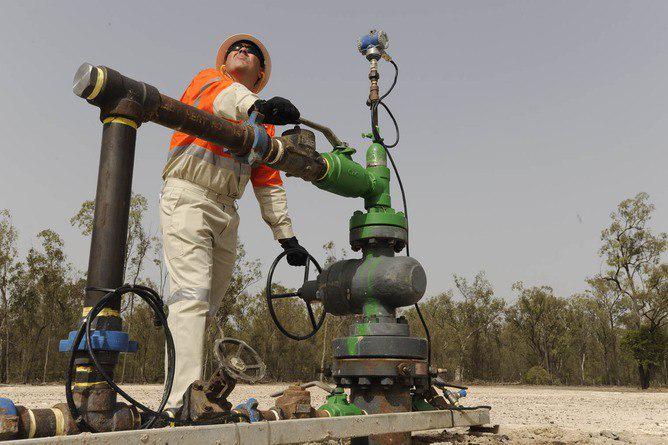Coal seam gas (Natural CSG) is a form of natural gas that is located around coal deposits. Just like coal, CSG is formed by fossilized plant matter that has been under pressure for millions of years. It is trapped by water that organically occurs in coal seams and adjacent ground pressure. It is mined for processing into natural gas that generates electricity, powering cookers, heaters and similar home appliances.
However, a lot of concerns regarding its effects on water supply quality have been raised in recent years. While coal seam gas seem to have environmental benefits like reduced carbon emissions compared with coal and serve as an ideal partner to support intermittent renewable energy sources like solar, its detrimental effect on water quality remains a big question mark. This has led many to believe that solar power is still a better alternative for producing clean and sustainable energy.
Merits of Coal Seam Gas
Coal seam gas has its merits. In the eastern part of Australia, more than a third of natural gas comes from it. Around 80 per cent of natural gas reserves are coal seam gas, and New South Wales and Queensland have adequate natural gas reserve to provide electricity to five million residents for the next thousand years. Not surprisingly, many companies have invested heavily into this industry with investments surpassing the $40 billion mark, and creating more than 18,000 employment opportunities.
Dangers of Coal Seam Gas
People who are opposed to CSG say that mining this natural gas poses risks to water supply and farmlands. In NSW, more than 25% of land is under exploration licence. Agricultural lands, environmental areas and even communities in Sydney are thus at risk of turning into industrial gas fields.
Recently, coal seam gas exploration and mining in drinking water catchment areas were suspended by the government in response to raising community fears that the activity has affected the water quality in Sydney and Illawarra. In the United States, the negative effects of coal seam gas mining are manifested in sick animals, polluted water and dead trees which people in Australia fear could happen to them if the activity continues to flourish in their country.
Those who are opposed to coal seam gas also point out to a research conducted by experts at the Cornell University which suggest that emissions from coal seam gas exploration are more polluting than coal.
Finally, groups against coal seam gas exploration say that instead of investing in this activity, it is better to focus on truly clean renewable energy like solar power.
Difference of Solar Power from CSG
Solar energy does not pose any risk to water supply quality and threaten agricultural lands and residence, unlike CSG (coal seam gas). Groups who are encouraging the government to invest more in solar energy initiatives like NSW solar rationalise that abundant sunlight will never pose a threat to the lives of animals and plants, unlike coal seam gas. Lastly, putting money on NSW solar projects make more sense given the amount of sunlight that the country receives on an annual basis.



